Solar permitting has been a stubborn soft cost for residential installers. The forms needed, time it takes to process them and cost of the applications vary widely from county to county and state to state. The National Renewable Energy Lab wants to standardize, digitize and speed up the process to help AHJs with the increasing residential solar project permit workload and help contractors make solar more affordable for more Americans.
“I shadowed a contractor during the permitting process and it took almost three hours for them to get their permit, but it was a five-minute plan check with the actual permitting personnel,” said Jeff Cook, renewable energy policy and market analyst at NREL. “The idea here is let’s take those off the plate, get those people out of the permitting office so that jurisdictional personnel can focus on the harder permits, on the ones that can’t be automatically approved, so that they can do their jobs more efficiently.”
NREL’s solution to cut soft costs for contractors and help permitting offices move applications faster is called SolarAPP. It’s an online solar permitting tool that instantly approves code-compliant systems submitted by contractors.
SolarAPP is free for AHJs, but contractors will pay a standard price per application to maintain the system and fund continuous updates. This fee would be in addition to those charged by AHJs.
Cook said NREL is not in a position to tell AHJs to cut costs for permitting, but the SolarAPP platform will also be publishing data on permitting practices nationwide to show jurisdictions what others are doing.
“The idea then is that a jurisdiction could look at their own processes, their own cycle times, and look at a peer city, possibly one that they compete with on all sorts of other topics, to see how they vary in terms of installed deployment data, jobs and permitting requirements to help them understand whether they might want to make changes based on that,” Cook said.
He said the website will also include best practices around permitting and interconnections, including cost, to help jurisdictions that may be reassessing fees after SolarAPP decreases the time and human power it takes to process permits. SolarAPP will also include a standardized inspection checklist to make that process uniform and simplified as well.
For Orlando installer SunLight Solar (No. 281 on the 2020 Top Solar Contractors list), a standardized, online permitting process could not come soon enough. Getting permits processed in-person takes a lot of the company’s time and money, especially for installations at the other end of the state.
“It’ll be great to save gas, because we go down south, and we’re in Orlando, so that’s a four-hour drive. It would definitely save us some money,” said Gloria Pagan, permitting manager at SunLight Solar. “I’m willing to sign whatever petition is needed.”
Larry Perea, president of Solar Smart Living (No. 212 on the 2020 Top Solar Contractors list), said his company is headquartered on the border between Texas and New Mexico. The variations in permitting from state to state and one county to the next are vast.
He said in El Paso, Texas, permits are around $100 per project, while in Sunland Park, New Mexico, permits are more like $600.
“In that jurisdiction, the per-capita income is very low. It’s a very economically depressed part of New Mexico and unfortunately those folks have to cover that cost if they want to go solar,” Perea said. “So we’re trying to educate [AHJs] and say, ‘Look, these are the things that you could be doing that’s going to drive your cost. We understand you’ve got inspectors and you’ve got cost, but it seems like what you’re charging is way outside of the norm in the industry, at least for the other jurisdictions that we’re pulling permits in.'”
Perea said in his company’s 12 years in business, permitting went from relatively simple and quick to expensive and time-consuming. At first, there were only a few solar installers in the area, and AHJs were not very familiar with or strict about solar permitting. Then, more companies popped up, many of which used subcontractors whose work was not as reliable. Perea said he understands AHJs getting tougher as a result to ensure installations are safe, but thinks the relationship between AHJs and installers shouldn’t be adversarial.
“What we’ve been doing is working with them,” Perea said. “I belong to the Home Builders Association in each of the regions that we service, and asked them to help advocate for some reasonable permitting requirements. Whatever work NREL does, I think at the end of the day it’s going to be better information out there and reduce cost to the consumer because the consumer is ultimately the one that pays for it.”
Cook said NREL is well aware of the tension that exists between some AHJs and the solar industry. As SolarAPP’s launch date gets closer, he encourages contractors to open dialogues with their local AHJs, even if they don’t typically get along.
“So starting to rebuild those relationships and just identify and reflect that, ‘Hey, we didn’t always agree, but maybe we can start working better together,'” Cook said.
For those contractors that do have positive working relationships with AHJs, Cook said it’s important to educate them on SolarAPP by telling them to watch NREL’s app demonstration or email solarapp@nrel.gov for more information.
SolarAPP is currently in beta testing with a few contractors and AHJ personnel from California cities Modesto and Oceanside.
“We’re hoping to do between eight and as many as 20 pilots with jurisdictions to build out that initial group of jurisdictions that are going to help us to really get the product ready for primetime widespread deployment in September of this year,” Cook said.
For the additional pilot jurisdictions, NREL hopes to recruit AHJs in emerging solar markets like Colorado, Florida, New York and Illinois.
“There hasn’t been a lot of jurisdictions saying, ‘This is a terrible idea.’ A lot of them understand that all permitting is moving toward the digital world. Especially with COVID-19, a lot of jurisdictions that maybe were apprehensive about electronic permitting are now very interested in it,” Cook said. “But what we have heard from jurisdictions is the devil is in the details. This testing and piloting phase needs to show to jurisdictions that the application is doing what we say it does, which is approving only safe, code-compliant systems.”
Pagan at SunLight Solar said during the COVID-19 lockdown, many jurisdictions tried to switch to online permitting by allowing installers to submit forms via email, but she found some jurisdictions struggled with the switch, causing her to wait over two months for a permit to be approved in one case.
“The people that are working for the department [may not be] tech savvy, so it hurts us at the end because we’re waiting and sometimes they just give us excuses and there’s nothing we can do. But on my end, it’s super easy,” Pagan said.
Cook said NREL is aware there will be a learning curve, and it’s committed to training any AHJ that needs help with onboarding. The lab is developing SolarAPP training materials that will be distributed to AHJs and contractors with help from partner organizations like The Solar Foundation, the Interstate Renewable Energy Council and the International Code Council.
SolarAPP will be a constantly updated tool, and NREL is working to roll out beta testing to include solar + storage permitting as a next step. The group wants to make sure that as storage becomes more common, contractors don’t have to file for solar + storage permits separately.
“Beyond 2020, there will be code updates every two years on code cycles, so making sure SolarAPP is compatible with those in addition to bringing in more clean energy technologies or related technologies into the application is a key interest to keep this product viable long-term,” Cook said.
NREL is committed to cutting solar soft costs to achieve the DOE’s goal of making the cost of solar 5 cents per kWh by 2030, and Cook thinks SolarAPP could make that happen even sooner.
“At the end of the day, the key goal here is to really help jurisdictions to navigate this new environment where there’s a lot more solar deployment on rooftops and not necessarily more resources to accommodate evaluating those permits,” Cook said.
This story was featured exclusively in our 2020 Top Solar Contractors issue. See the issue and full list of top U.S. solar installers here.

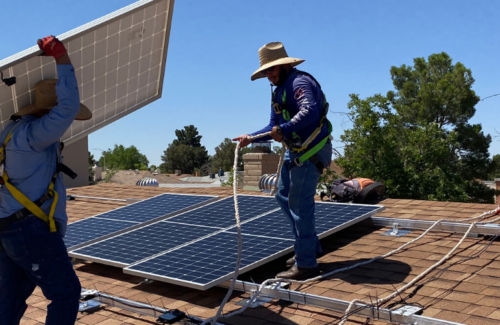
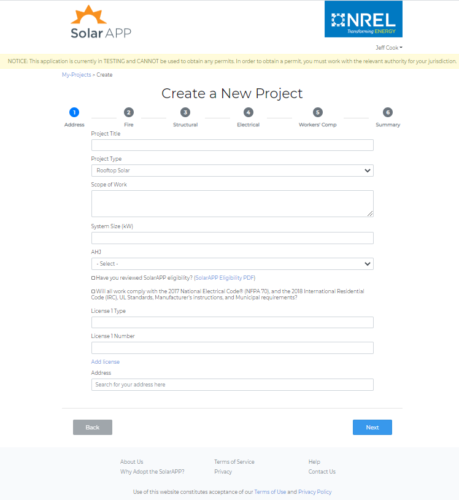
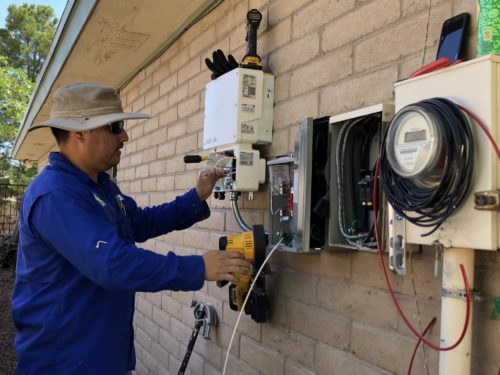
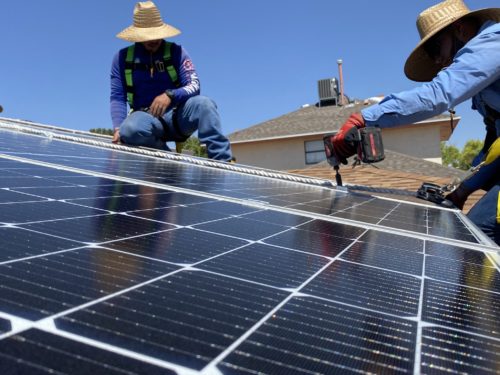





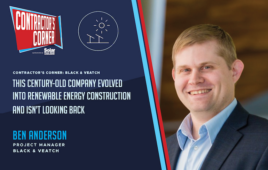
I am very impress with the iniative, this can surely accelerate the mandates to achieve an energy neutral status nationwide .
Interesting read. Definitely a need, however, I am certain they are going to have headwinds namely because they are too niche (rare to say in startup land). I wonder if they have considered teaming up with government software providers to act as the distribution channel.
My company would be interested, particularly with GovAccess™ (https://govaccess.permits.com) a recent offering that is free to small cities and towns throughout the U.S. Happy to chat if interested.
Ray Antonino
CEO, Permits.com